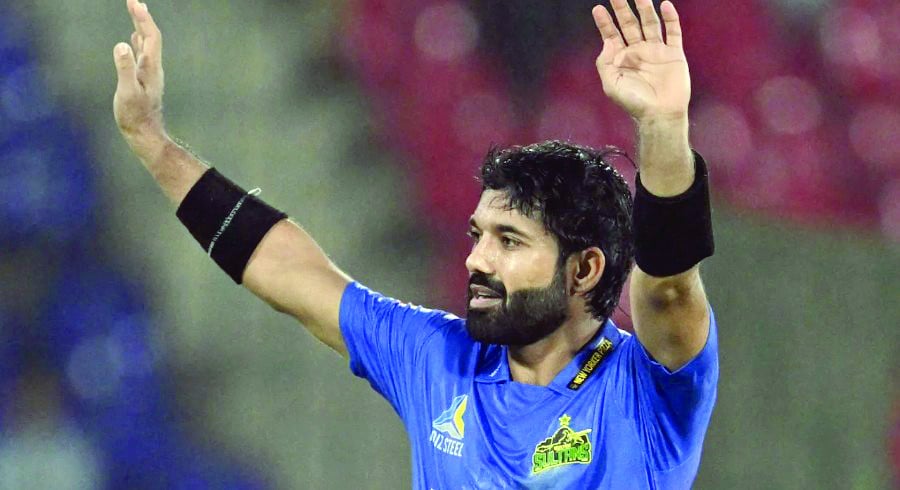Inside Story of BGT: Virat Kohli thrived as stand-in captain, but as batsman, he was chasing a ghost

In a recent episode of BBC’s Desert Island Discs, British comedian Mark Street articulated his love for cricket. “People who don’t get sport think it is just about ball or about a race, but it isn’t. It’s the drama, it’s everything around it, I find it so immensely emotional.”Those following India’s tour to Australia would surely agree. Virat Kohli, Rohit Sharma and Gautam Gambhir were the main characters of an immensely emotional drama and with two of them certainly not returning to Australia for another Test tour, a sequel can be ruled out, writes Sriram VeeraRight at the end, on the last day of the series, for a brief while, a section of the Sydney fans would bellow: “Kohli is a wa***r”.It was abuse alright, but it almost felt like a desperate attempt to stir something in him. All through the summer, they had waited for Kohli to explode against their team with the bat, but he never sparkled, except for a Perth hundred that even his most ardent fan wouldn’t qualify as memorable.AdvertisementExcept for a shoulder-barge, which would lead to the odd flickering boos, it wasn’t Kohli of the old and the Australian fans knew it. A barge, an angry stare at an airport over a misunderstanding, the odd scream, a passionate chat in a huddle … those are the takeaways.Also some visible anger on the field. It made one track him closely through binoculars at various points in the series. At one point, he flailed his arms and shouted out something near the umpire, who was crossing over at the end of an over and seemed startled.Since Adelaide, he could be seen at times muttering on the field. Was he displeased with the tactics of the captain? Was he annoyed by the lack of intensity of a few teammates, or the decline in quality of the bowling when Jasprit Bumrah wasn’t on? We won’t know unless Kohli speaks and that is unlikely.From Brisbane on, he intervened a lot more frequently on the field, speaking to the bowlers, asking Rohit to change tactics – once when Rohit told Siraj to go round the stumps at Travis Head, Kohli walked across to tell him not to and try the scrambled-seam ball.AdvertisementAs Rohit began to fall increasingly silent, Kohli took more control. The inside word from the camp is that there were similar scenes in the dressing room with Kohli querying more and more about what strategies and tactics were being plotted, and giving his opinions.His most visible moment, a slice from a better past, came on the penultimate day in Sydney in the absence of Rohit and Bumrah. Kohli took total control – suddenly it was a scene from his pomp: the flailing arms, the clapping hands, the whipping of the Indian section of the crowd, the running to the stumps to make fielding changes from close to the batsmen, the annoyance if a fielder near the boundary wasn’t quite clued in or looking at him, and the involvement with almost every part of his being. He lived every ball, every little moment. Classic Kohli.But one thing has been clear that for the last two months in Australia, Kohli has been chasing a ghost. He would reach out for it but his hands would clasp on emptiness – the runs never quite came. Glory in the country where he made his reputation with his bat, mouth, finger, and stares eluded him.Not that Kohli didn’t try. When the Perth Test ended, there was understandable bounce in his step, but it seems he knew it wasn’t going to be easy. As for the rest of the series, he kept tweaking his technique and approach for every Test, but nothing worked to quell the mental demons that tempted him in the outside-off corridor. For a batsman who said that batting is 70 percent technical for him, it was clear he was going to be tested in both departments on the tour. Was he going to be up to it?AdvertisementIn Perth, he started out by standing well outside the crease, an unusual tactic for a batsman in Australia, but for Kohli, it was vital that he got to the ball before it bounces too much. For a batsman who has never quite been blessed with extreme soft hands, this was important – he also edges in England but the relative lack of bounce there has the ball dying before it reaches the cordon. He tried to stab out the bounce before it rose too much on him, but the first innings dismissal in Perth when Australia had sussed that part out, bouncing at him and removing him, had him bury that method for the rest of the series.Lack of back-foot playCould he have tried it in Adelaide again? He did stand out, but from now on, figuratively and literally, he would keep retreating further. And stuck in between, as a result. Kohli’s game has never been built or made for back-foot play and he couldn’t do it here either. His game has been based on moving forward, but once he abandoned the frontal assault after Perth, he tried a mix of both, going back initially and moving forward furiously, but that didn’t work either.In the end, he ended up with a shuffle across, trying to revive his 2018 Edgbaston method, but couldn’t succeed in Australia. Balls outside off from varying lengths —back of length or fuller and wider — kept consuming him.He would stand there after dismissals, emotions simmering, a ‘why this is happening to me’ look on his face, at times anger at himself, and would sort of freeze there. By that time, he would have heard the cacophony of the Australians celebrating behind him, and Kohli would put his head down and trudge off to the shadows.














